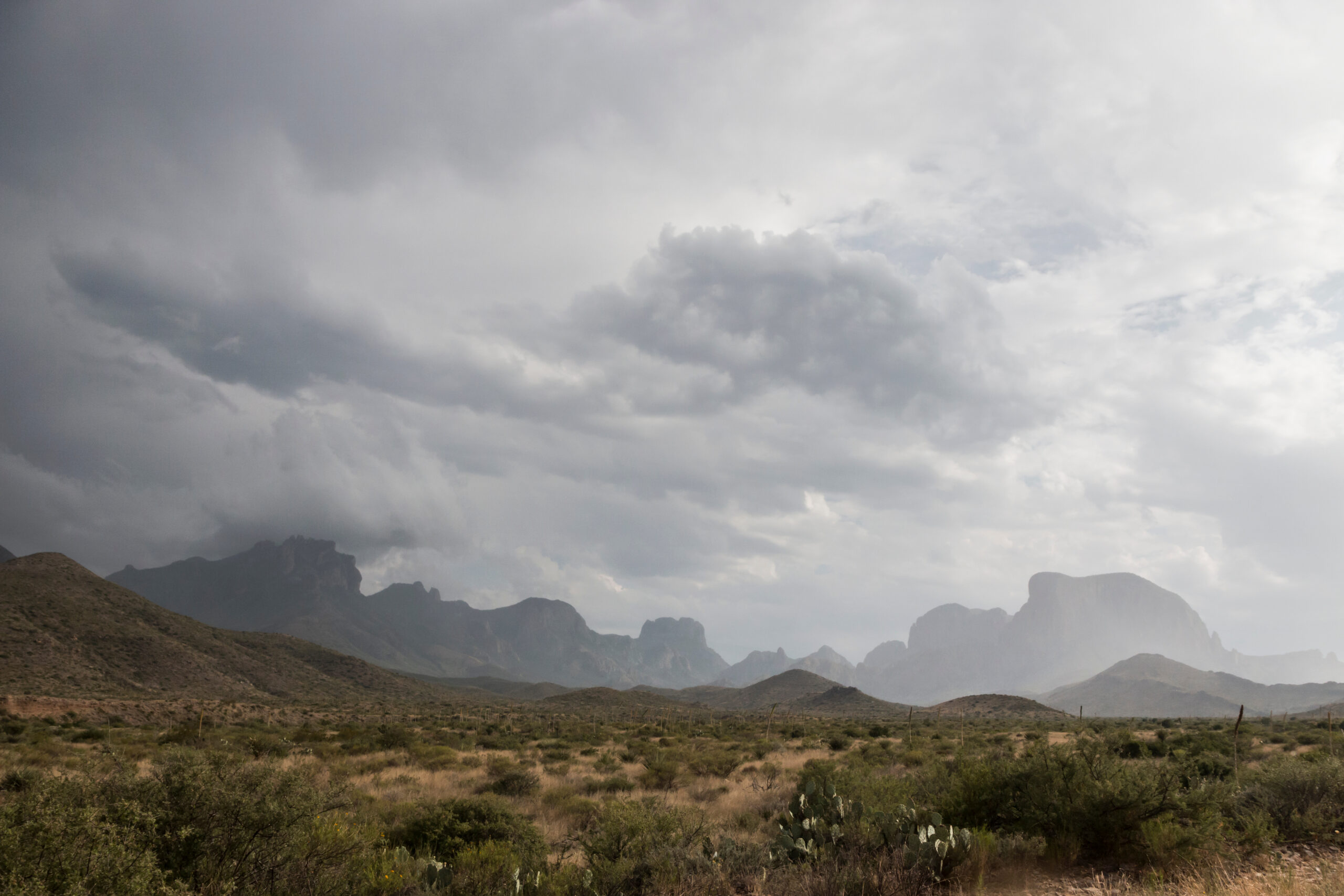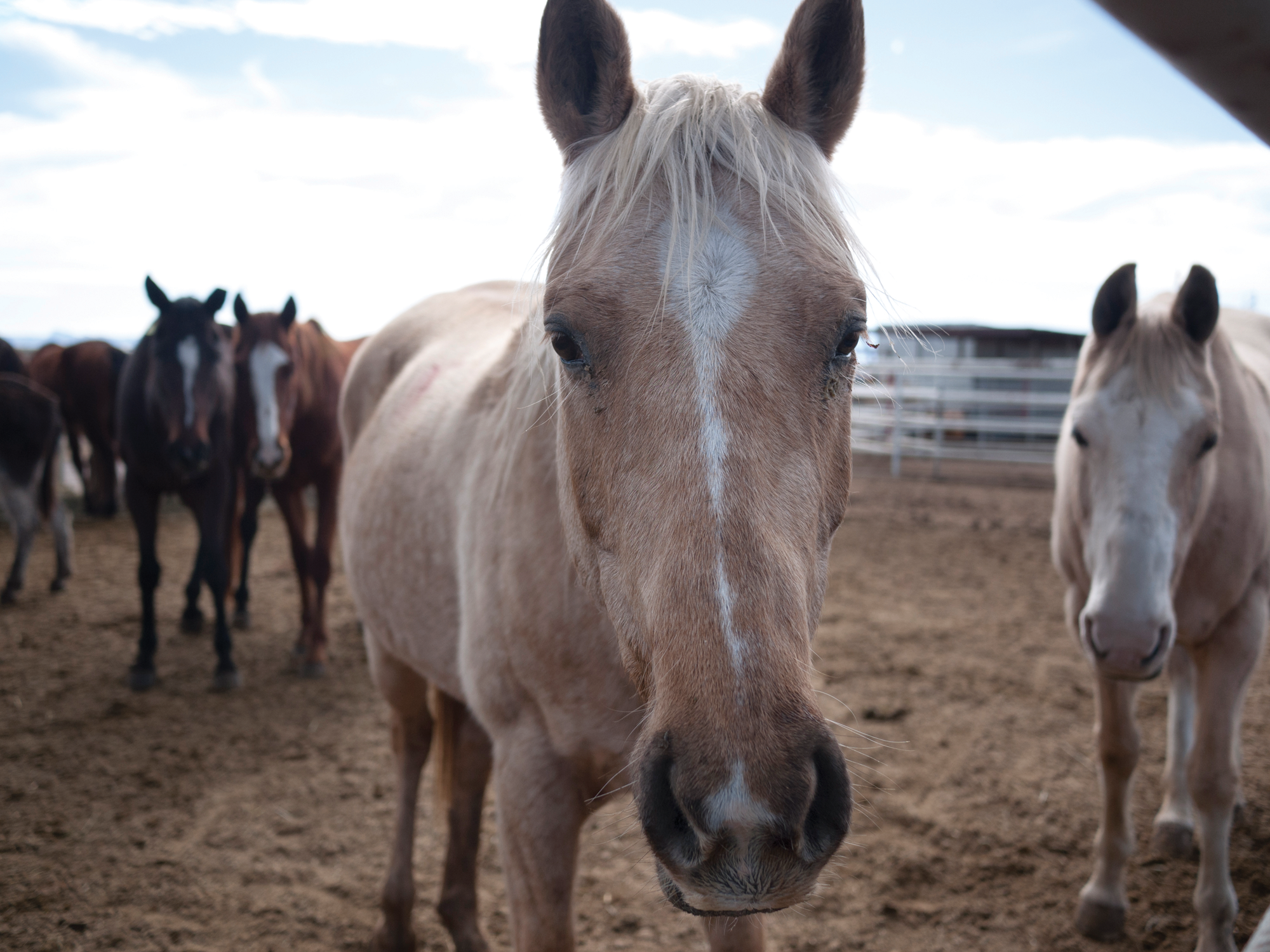
The Business of Burying Horses
The border town of Presidio loses money every time it buries a dead horse — and nowadays there are hundreds of them.
A version of this story ran in the May 2016 issue.
The border town of Presidio loses money every time it buries a dead horse — and nowadays there are hundreds of them.
by Sasha von Oldershausen
May 9, 2016
At a city council meeting in Presidio last fall, economic director Brad Newton made a strange request: The city should raise the fee for burying dead horses from the current $22.50 per animal. A tall but slouching, middle-aged man, Newton seldom wears a serious demeanor. His sidekick, which he brings to virtually all public events, is a 4-foot silicon alien that serves as the mascot of Presidio’s Dark Skies Festival, formerly known as the UFO Festival.
But at this meeting, Newton was dead serious. In the previous year, Presidio buried at least 300 horses at a loss of about $193 per animal. The city has fallen into “a deficit horse-burying business,” Newton warned.
“Why are there so many horses dying here?” City Administrator Marco Baeza asked. “Is it because sick animals are being put in trailers and shipped to Presidio because it’s cheap to dispose of them? Whatever rate we set, I think it should be steep enough that some horse dealer is going to think twice about putting a horse in a trailer going to Presidio that might die on the way.”
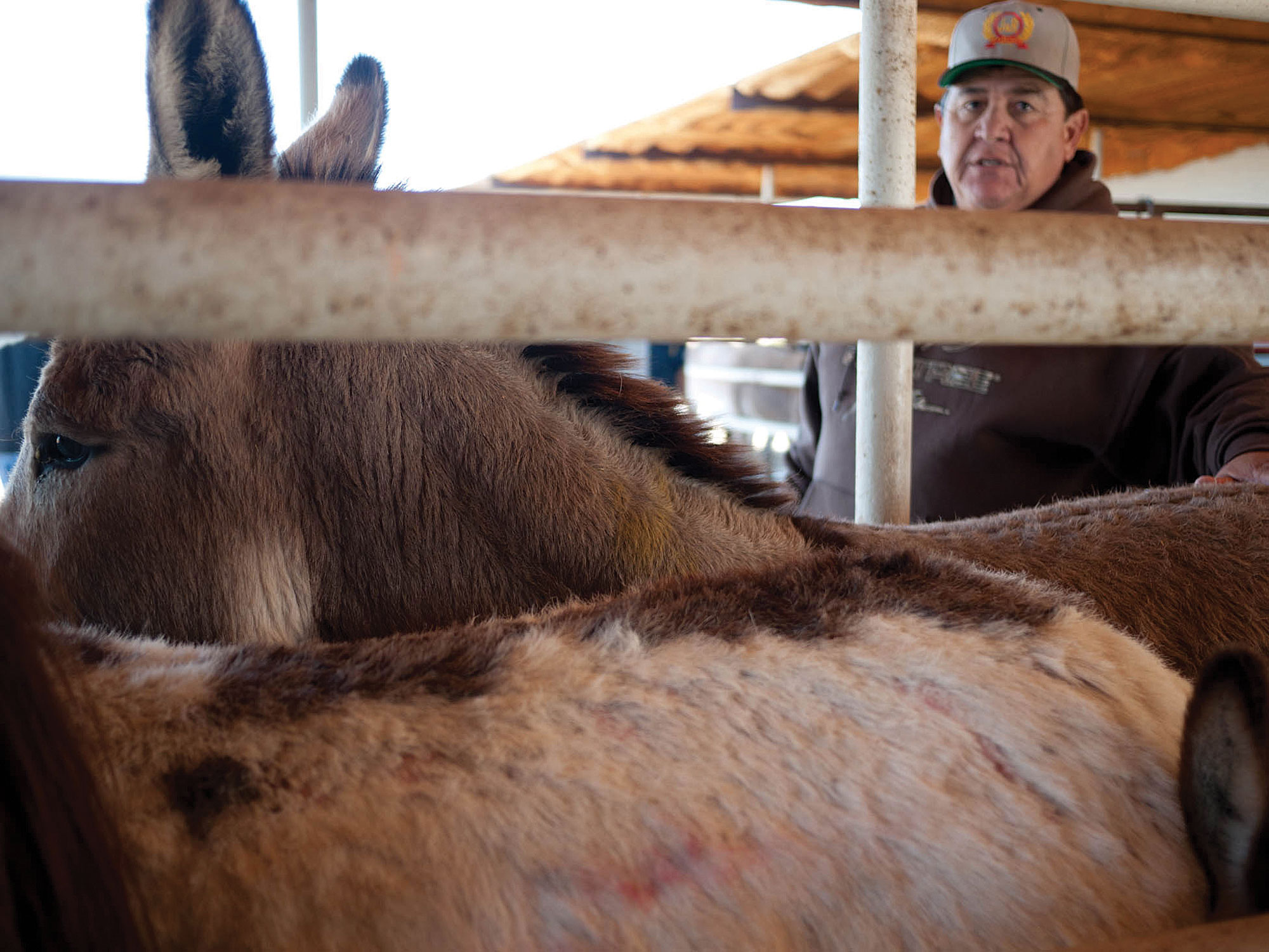
At a later meeting, the council discussed raising the fee to $150, which alarmed the owners of local stockyard businesses. In the last several years, Presidio has become a hub for the international horsemeat trade. The stockyards receive live horses from all over the country, then hold them for inspection before they’re trucked across the border to slaughterhouses in Mexico. Since some of the horses are too unheathly to be exported, they have to be put down.
If the burying fee were to be raised, argued Ruben Brito, co-owner of J&R Stockyards, it could put him out of business. “This industry is here right now, but it can be gone tomorrow,” he said, snapping his fingers in the air.
Brito knew that advocating for even tangential involvement in horse slaughter could be touchy, since many people view horses as companion creatures that deserve a better fate. But as a poor town, Presidio has to weigh costs and benefits carefully when it comes to any revenue-generating business. While some in neighboring towns have expressed fierce opposition to a natural-gas pipeline that would cut through the desertscape of the Big Bend region, Presidio officials welcomed it as a potential job creator.
In front of the council, Brito, an assertive, cool man rarely without his bone-colored cowboy hat, made the same kind of argument. “I crossed 3,340 horses that month,” he said, referring to last November, when an unprecedented 76 dead horses and burros were disposed of at Presidio’s landfill. “That comes out to 96 loads. The reason we’re dropping more horses is because we’re bringing in more business. I don’t know of any other business in Presidio that does that.” When the horse trailers arrive, he continued, the drivers sleep, eat and buy gas in town. “We’re not the only ones making money off of this.”
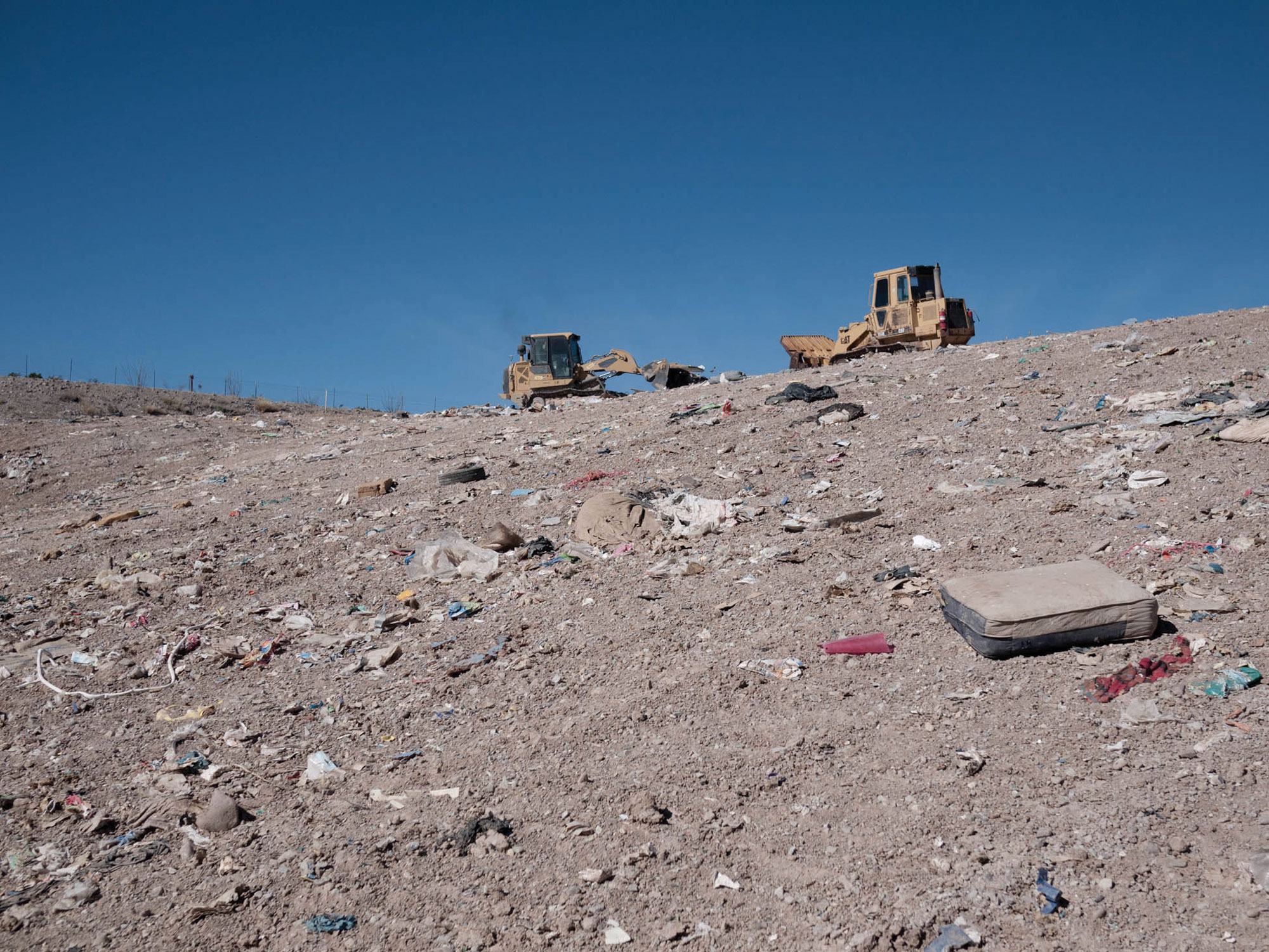
Businesses like Brito’s arose out of a change in federal law. In 2005, the U.S. Congress, using an appropriations bill, prohibited use of federal funds for inspection of horsemeat at slaughterhouses. At first, the three big slaughterhouses that handled horses, two of which were in Texas, hired their own inspectors. But by 2007, the country’s horse kill houses had shut their doors.
The prohibition stemmed from concerns about the conditions at slaughterhouses and the safety of horsemeat, since many horses are medicated throughout their lives. “There were serious cruelty concerns with the slaughter process itself,” said Holly Gann, manager for the Humane Society’s campaign to end horse slaughter. “We have photos obtained through a [Freedom of Information Act] request that showed the horrific torture that horses endured while we had horse slaughter plants operating in the United States. There were rampant cruelty violations, broken bones, bones protruding through their skin, horrific eye injuries.”
But instead of ending the slaughter, the prohibition just exiled it to Mexico and Canada. Between 2003 and 2013, the export of live horses from the United States to Mexico increased by more than 950 percent, according to data from the Standard International Trade Classification (SITC), a tally of exports and imports maintained by the United Nations. Last year alone, more than 125,000 horses journeyed across the northern and southern borders to kill houses, the Humane Society has reported.
The process starts with contract buyers who scout for unwanted “killer” horses at auctions, then draw up contracts with the slaughterhouses; the ones in Mexico sell horse and donkey meat inside the country and to European and Asian nations.
Brito says “killer horses are the junk that nobody wants.” But the Humane Society would beg to differ. “The horses that kill-buyers snatch up are not old, sick or worthless,” Gann said. “Kill-buyers — from an economic perspective — don’t want old horses. They want to get the best price per pound. They look for the biggest, healthiest horses.”
Brito’s J&R Stockyards is one of three horse inspection pens that have emerged in Presidio over the last seven years; at least another six have cropped up elsewhere along the border. The horses arrive at the stockyards via trailers — giant, perforated metal boxes that carry an average of 30 horses each. The vehicles are so common in Presidio that when I asked Newton where to find the stockyards, he told me to follow the trailers.
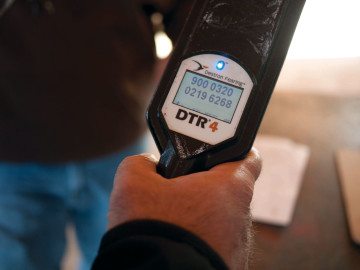
“Anytime you get animals on trucks, accidents happen,” said Salvador Baeza, owner of a Presidio stockyard on the same dirt road as Brito’s business. “You put them on trucks,” Brito continued, “and one horse is going to fall down and he’s going to get [trampled].” Sometimes the horses die en route to the inspection stockyards. And if horses are too unhealthy to pass inspection by Mexican and U.S. agriculture officials, Brito continued, “you’ve got to put them down.”
Hence, Presidio’s oversupply of dead horses.
On a warm winter day, Arturo Acosta effortlessly navigated the uneven terrain of Presidio’s landfill from the seat of a city truck, climbing Seussian hills of soft orange dust as if he were driving a Mars rover. We circled the perimeter. Two bulldozers danced gracelessly around each other, spreading out and covering debris. Acosta, the town’s public works supervisor, rolled up the car windows. “For the smell,” he said. When we stopped, he pointed at a deep recess a couple of yards away. I got out of the car and walked to the edge, my hand cupped over my nose and mouth. Near the opening, a horse’s hoof jutted up stiffly from its body.
It’s not an uncommon sight, which is why Newton says the low fee for burying a dead animal has become such a problem. For every horse buried, a hole large enough to fit 3.6 tons of trash must be dug. Since the city charges $60 for each ton of trash that’s buried, it loses $193.50 in possible revenue each time an animal is buried instead. Since the city buried 304 horses between 2014 and 2015, the loss amounted to nearly $60,000.
Then there’s the issue of space. It takes a deep hole to bury a horse, and 3 feet of dirt has to be placed on top, compared to 6 inches for ordinary trash. In the last five years, the lifespan of Presidio’s landfill has dropped from 31 years to 17, according to a preliminary study conducted by a landfill surveyor. Establishing a new landfill would cost several million dollars — money that Presidio, which can barely finance its Emergency Medical Service (EMS), doesn’t have.
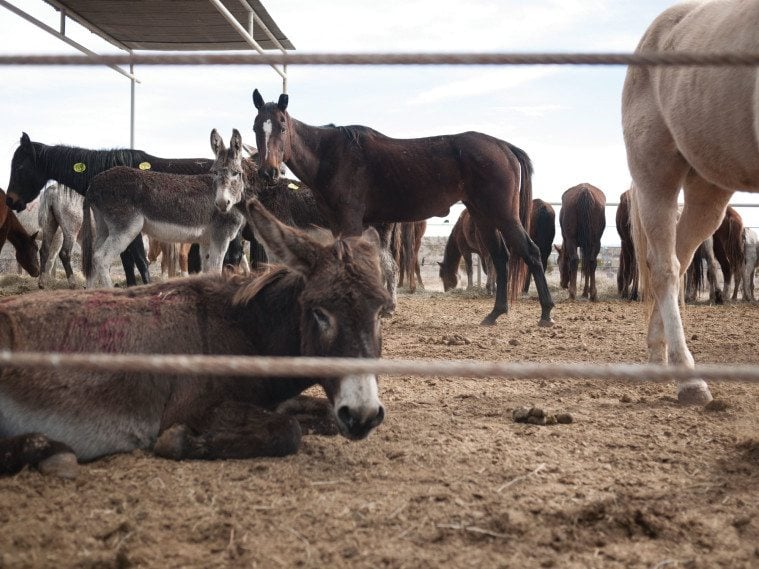
After the November city council meeting, the issue came up at a January session. “We have to balance…the needs of the whole community,” said Councilmember Alcee Tavarez, who was joined by Councilmember Dimitri Garcia. “The numbers show that we’re risking about $10 million for another landfill,” he said. “That’s something Presidio can’t swing.”
Resident Christina Juárez added that the smell drifts all the way over to the middle school.
Throughout the meeting, Brito and Baeza sat in their chairs, leaning forward anxiously like die-hard sports fans worried their team would lose. “We can’t have someone deciding what’s going to happen to our families,” Brito protested. Baeza repeated the trickle-down argument. By late spring, the council and stockyard owners still hadn’t found a compromise.
Both Brito and Baeza get a bit rattled when talking about their business. “We’re not horse killers,” Brito told me on multiple occasions. “I’m a horse person. We have roping horses. Don’t think I hate horses. I love horses.”
Baeza gave me a play-by-play of a scene from the made-for-TV movie In Pursuit of Honor, in which U.S. Cavalry officers refuse to kill a pack of obsolete war horses. “The general tells the guys, ‘Go ahead and start shooting,’” he said, a toothpick wagging lazily from his mouth. “But instead, the soldiers walked to the side and saluted them. My hair stood up.”
Born and raised in Chihuahua, Mexico, Baeza brought his horse, named Mojado after the Spanish word for “wetback,” when he came to the United States. “I got in touch with him. He was my horse. If I had to die, he would die with me. … But the horses got to go somewhere. And if you’re going to turn the horses out on the desert where there’s nothing to eat, they’re going to die. I think a bullet in the head is easier than starving to death. That’s the way I look at it. And I love horses, OK? I love horses.”
In fact, human affinity for horses has contributed to a feral horse crisis. The Wild and Free-Roaming Horses and Burros Act of 1971, which refers to them as “living symbols of the history and pioneer spirit of the West,” has safeguarded the wild horse population from slaughter. Now, Western rangeland is overrun with 58,150 burros and wild horses, which exceeds by over 30,000 the appropriate management level set by the federal Bureau of Land Management (BLM). BLM has implemented an adoption program that places some wild horses into private care. However, their population growth far outpaces adoption. Meanwhile, horse breeders — from backyard operations to thoroughbred farms — churn out more horses than there are buyers. “They produce foals for whom there is no clear demand and no lifelong plan,” said Gann, “choosing instead to dump their ‘excess’ horses at auctions to be snatched up by kill-buyers.”
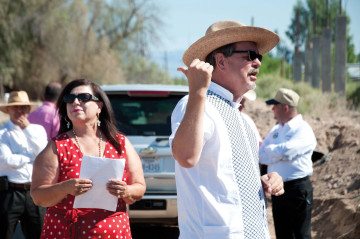
It was a still morning when I arrived at Brito’s stockyards, and several horses and burros grazed in his network of metal corrals. Brito was busy working on a truck. He spends most mornings waiting for Mexico’s federal agriculture department, known as SAGARPA, to arrive and inspect his horses. In the meantime, he gave me a tour of his stockyards. Just outside the office is a roping dummy used for practice, which resembles a dismembered steer made out of Pepto Bismol-pink plastic. “That’s my son’s,” Brito said, referring to Ruben Brito Jr., who looks like a contemporary cowboy but with poetic proclivities; his thick-framed glasses lend him the air of an intellectual. An avid roper, he helps his father with the family business.
The inspection process requires a stamp of approval from SAGARPA, as well as from a U.S. certified veterinarian and the USDA. “If they’re not done by either one of them, they cannot cross,” Brito said, as we stood before a pen containing several of the rejects that did not pass the inspection and would be sent back to their source. A burro sat on its hindquarters, struggling to breathe. “Respiratory problems,” Brito said. He pointed to a horse with a bulge in its side that indicated a hernia. Another horse had an open cut above its brow.
As Brito spoke, SAGARPA officials pulled up in a white truck that bore the agency’s insignia. Brito led the horses and burros into a holding pen, where they stood in single file. The officials scanned each animal for an implanted chip with a 16-digit number corresponding to a list of numbers provided by the kill-buyers. With animals that didn’t make the cut, the problem was usually clerical errors. The rest would be sent on to the slaughterhouses.
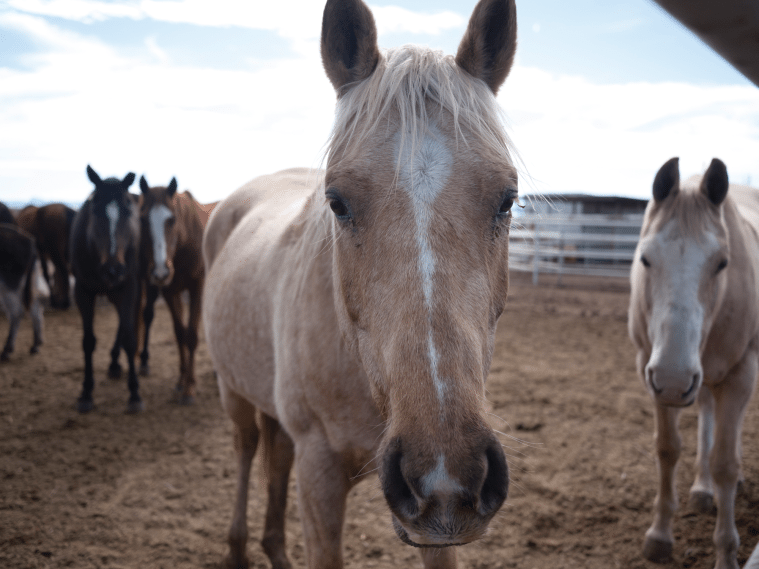
The process was routine and bureaucratic. On one occasion, Brito referred to his business as a motel for horses; on another, he likened it to a nursing home. “When something gets old, it’s no good. Why do we have old folks’ homes? Because when you get old and you can’t take care of yourself…” He trailed off. “This is their way out.” The Humane Society’s Gann submits that this is no way out. “Horse slaughter is just cruelty, and we have a responsibility to provide our horses with a decent life and, when necessary, a humane death,” she said.
As part of the organization’s campaign to end horse slaughter, it has urged Congress to support the Safeguard American Food Exports Act, which would not only permanently ban horse slaughter in the United States but also end the export of horses for slaughter for human consumption. If it’s passed, it might solve Presidio’s dead horse problem, but in the meantime, the closure of kill houses stateside has forced Presidio to face a reality few others are privy to: The slaughter of horses is still very much alive.

